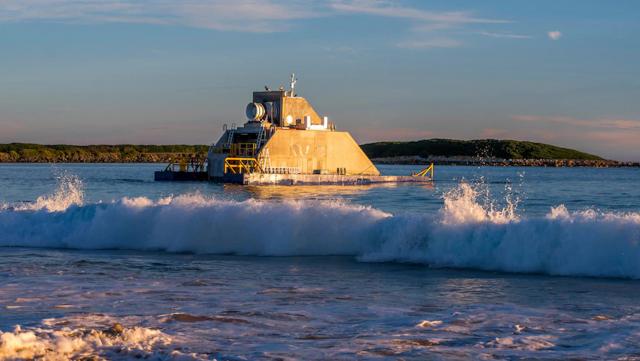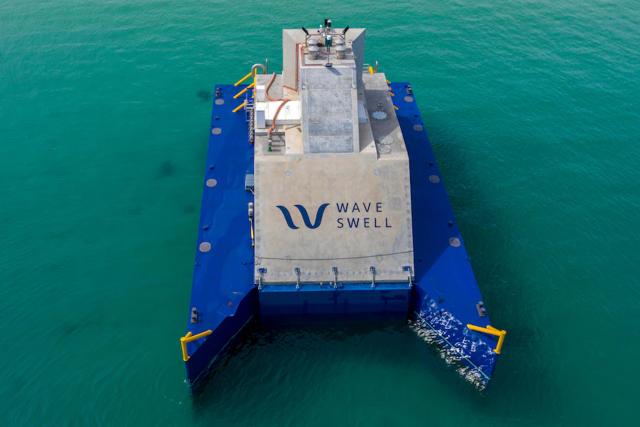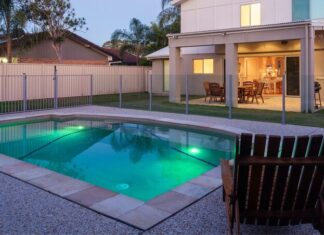And they said it would never work!
While an enormous amount of human energy (not to mention money) has been poured into the development of alternative and sustainable power sources over the past decade, none has had such a bad rap as wave energy.
Often dismissed as a surfer’s impossible dream – maybe even incorporating a wave machine on the side – ocean wave energy conversion schemes have been wiping out around our coastlines at the rate of one every 18 months.
In 2010, a large wave sank a wave energy generator off the New South Wales coast, and in 2014 in South Australia, a unit was being towed into position when one of the flotation devices ruptured and it sank.
Numerous others have lost funding after inconclusive trials, but the biggest wipeout was what developers billed the world’s largest wave energy project – to be built off Portland in Victoria – which was abandoned by US company Ocean Power Technologies in 2014 as not commercially viable. The $232 million project had $66.5 million in funding support from the Australian government.
But according to industry sources and the ABC, for the first time in Australia a wave energy converter trial has successfully generated enough energy from ocean waves to power homes.
“This is really the first project that has successfully generated electricity for a customer, and that goes to prove that ocean energy can work,” Stephanie Thornton from Australian Ocean Energy Group told the ABC’s Jessica Moran.
The pilot wave generator, which sits just off the beach at Grassy Harbour on King Island in Bass Strait, has been generating power for the island’s local energy grid for the past year.
“It’s a huge success from our point of view,” said King Island mayor Julie Arnold.
“It’s providing power for the island, it’s renewable, it’s a method that could be used in other places so we’re very happy to be pioneering it.”
According to Paul Geason, chief executive officer of Wave Swell Energy, the Melbourne-based company that built the generating system, the 12-month trial has proven the capabilities of the technology: “We’ve been generating electricity from the waves of the Southern Ocean that have been captured in the unit, and that was our primary objective. That electricity is of a very high quality and has been accepted by Hydro Tasmania as suitable for the grid on King Island, so that’s a very important achievement.”
“The conversion rates that we’ve been able to achieve in terms of the amount of electricity we are able to extract from the wave energy that comes into the unit is very high,” Mr Geason added.
“On average, we’ve been able to achieve conversion rates of 48 per cent, so 48 per cent of the energy that comes in with the wave is then exported onto the grid on King Island. That rate is higher than other renewable energy technologies.”
The burning question is why will the Wave Swell Energy model succeed long term where so many others have failed? The WSE team puts it down to the unique blow hole design.
The $12 million unit was constructed in Launceston and extensively tested at the Australian Maritime College before being towed into position at Grassy Harbour. Since then, it has been tested in a range of harsh weather conditions.
“We have now operated the unit and it has survived for the last 12 months in the very harsh conditions of Bass Strait,” Mr Geason said.
“The next stage is now to move forward and commercialise the technology and see it become mainstream as part of the global mix of renewable energies.”
The 200-kilowatt wave energy converter has no moving parts in the water and uses an oscillating water column design, which essentially mimics a natural blow hole. Waves go in, rise and fall, and move air up into the turbine, which then converts into power. It sits on the seabed and has an opening on one side to allow the movement of the waves in and out of the chamber. The pilot converter on King Island is a scale model with commercial-scale products expected to be at least five times the size.
Mr Geason said he would love to see another unit operating off the Australian coastline.
“Given we are an emerging technology, the very obvious market for us to pursue is the Australian market.
“The Australian oceans have some of the best waves in the world, and waves that are well located to grid access, and to electricity demand, as many of us live on the coastline.”
But he said more support for the industry was needed.
“Solar and wind have received substantial government support [and] wave is now in that position. It needs policy support and funding, that’s vital for the industry taking its next steps.”
Meanwhile, experts in renewable energy have said the stigma around the failure rate of previous wave energy converters also needed to change for the sector to move forward. Maybe that time has come.








